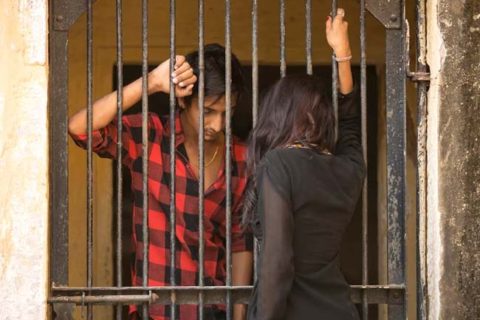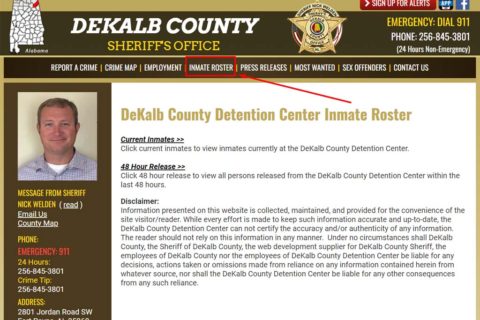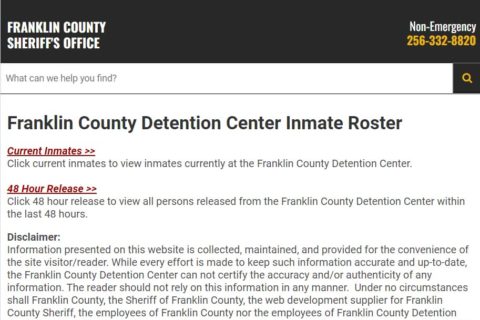While it is true that every inmate has the same right, sometimes they have to be separated from the other inmates. The main purpose of separation is to ensure the protection and safety of individuals derived from their liberty, and the optimal management of correctional facilities.
For anyone who is interested in the separation of inmates, some of the things are explained on some of the legal standards below:
International Covenant on civil and political rights:
-
- Article 10
- (a) Accused persons shall, save in exceptional circumstances, be segregated from convicted persons and shall be subject to separate treatment appropriate to their status as unconvicted persons;
-
- Article 10
(b) Accused juvenile persons shall be separated from adults and brought as speedily as possible for adjudication.
Convention on the Rights of the Child:
-
- Article 37
States Parties shall ensure that:
c) Every child deprived of liberty shall be treated with humanity and respect for the inherent dignity of the human person, and in a manner which takes into account the needs of persons of his or her age. In particular, every child deprived of liberty shall be separated from adults unless it is considered in the child’s best interest not to do so and shall have the right to maintain contact with his or her family through correspondence and visits, save in exceptional circumstances;
International Convention on the rights of Migrants and their families:
-
- 17.2
Accused migrant workers and members of their families shall, save in exceptional circumstances, be separated from convicted persons and shall be subject to separate treatment appropriate to their status as unconvicted persons. Accused juvenile persons shall be separated from adults and brought as speedily as possible for adjudication.
-
- 17.3
Any migrant worker or member of his or her family who is detained in a State of transit or in a State of employment for violation of provisions relating to migration shall be held, in so far as practicable, separately from convicted persons or persons detained pending trial.
-
- 17.4
During any period of imprisonment in pursuance of a sentence imposed by a court of law, the essential aim of the treatment of a migrant worker or a member of his or her family shall be his or her reformation and social rehabilitation. Juvenile offenders shall be separated from adults and be accorded treatment appropriate to their age and legal status.
United Nations Standard Minimum Rules for the Treatment of Prisoners (the Nelson Mandela Rules):
-
- Rule11
The different categories of prisoners shall be kept in separate institutions or parts of institutions taking account of their sex, age, criminal record, the legal reason for their detention and the necessities of their treatment. Thus,
(a) Men and women shall so far as possible be detained in separate institutions; in an institution which receives both men and women the whole of the premises allocated to women shall be entirely separate;
(b) Untried prisoners shall be kept separate from convicted prisoners;
(c) Persons imprisoned for debt and other civil prisoners shall be kept separate from persons imprisoned by reason of a criminal offence;
(d) Young prisoners shall be kept separate from adults.
-
- Rule 89
- These prisons do not need to provide the same degree of security for every group. It is desirable to provide varying degrees of security according to the needs of different groups. Open prisons, by the very fact that they provide no physical security against escape but rely on the self-discipline of the inmates, provide the conditions most favourable to the rehabilitation of carefully selected prisoners.
-
- Rule 93
- The purposes of classification shall be:
(a) To separate from others those prisoners who, by reason of their criminal records or characters, are likely to exercise a bad influence;
(b) To divide the prisoners into classes in order to facilitate their treatment with a view to their social rehabilitation.
- So far as possible, separate prisons or separate sections of a prison shall be used for the treatment of different classes of prisoners.
United Nations Rules for the Treatment of Women Prisoners and Non-custodial Measures for Women Offenders (the Bangkok Rules):
-
- Rule 40
Prison administrators shall develop and implement classification methods addressing the gender-specific needs and circumstances of women prisoners to ensure appropriate and individualized planning and implementation towards those prisoners‟ early rehabilitation, treatment and reintegration into society.
-
- Rule 41
The gender-sensitive risk assessment and classification of prisoners shall:
(a) Take into account the generally lower risk posed by women prisoners to others, as well as the particularly harmful effects that high security measures and increased levels of isolation can have on women prisoners;
(b) Enable essential information about women‟s backgrounds, such as violence they may have experienced, history of mental disability and substance abuse, as well as parental and other caretaking responsibilities, to be taken into account in the allocation and sentence planning process;
(c) Ensure that women‟s sentence plans include rehabilitative programmes and services that match their gender-specific needs;
(d) Ensure that those with mental health care needs are housed in accommodation which is not restrictive, and at the lowest possible security level, and receive appropriate treatment, rather than being placed in higher security level facilities solely due to their mental health problems.
United Nations Rules for the protection of juveniles derived of their liberty:
-
- Rule 27
As soon as possible after the moment of admission, each juvenile should be interviewed, and a psychological and social report identifying any factors relevant to the specific type and level of care and programme required by the juvenile should be prepared. This report, together with the report prepared by a medical officer who has examined the juvenile upon admission, should be forwarded to the director for purposes of determining the most appropriate placement for the juvenile within the facility and the specific type and level of care and programme required and to be pursued. When special rehabilitative treatment is required, and the length of stay in the facility permits, trained personnel of the facility should prepare a written, individualized treatment plan specifying treatment objectives and time-frame and the means, stages and delays with which the objectives should be approached.
If you want to find the full legal standards, you are suggested to go to http://www.apt.ch/en/knowledge-hub/detention-focus-database/safety-order-and-discipline/separation-detainees.

A bookworm and researcher especially related to law and citizenship education. I spend time every day in front of the internet and the campus library.




